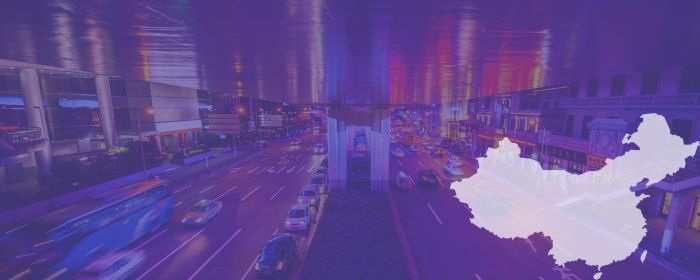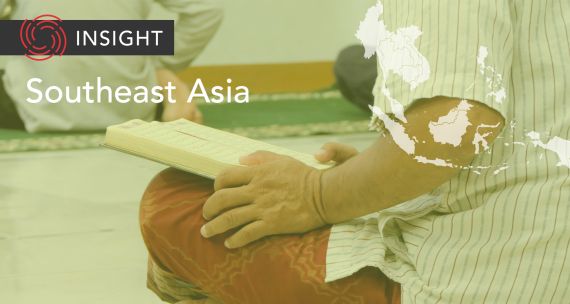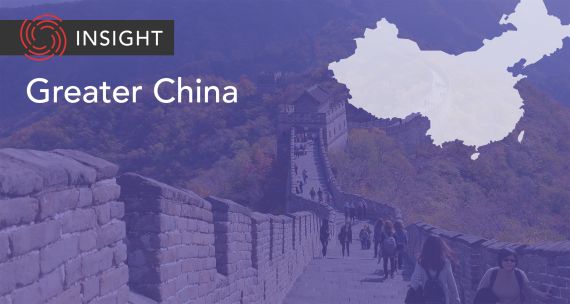The Takeaway
Following unprecedented nationwide protests, China is making substantial steps towards relaxing its zero-COVID policies, starting with a fresh vaccination drive, a shift in COVID-19-related messaging, and quiet, piecemeal concessions over restrictions. Nearly three years of harsh restrictions seem to have backed China into a corner, and the road to reopening looks uncertain and treacherous.
In Brief
Popular sentiment was initially ignited by a fire in Urumqi, Xinjiang, which killed 10 apartment residents on November 24. In the aftermath of the blaze, Chinese ‘netizens’ pointed out, frustratedly, that it took three hours for firefighters to tame the fire, and noted footage from the scene showing residents struggling to open doors and escape. Critics online also highlighted that the city had been under a stringent lockdown for over three months, likely contributing to the slow response time and lack of escape routes for the residents. (The local government denied any link between the residents' deaths and COVID-19 policies.) On November 25, Urumqi residents openly protested against the zero-COVID policy, calling on officials and police to “serve the people” and end lockdowns to prevent more tragedies.
Starting on November 26, protests erupted in multiple Chinese metropolises, including Beijing and Shanghai, and on at least 50 university campuses across the country, as frustrations over zero-COVID policies boiled over. At vigil-turn-protest sites, demonstrators sang the national anthem, demanded an end to harsh COVID-19 curbs, and held up white sheets of papers – a defiant symbol of government censorship. At some rallies, including one in Shanghai, protesters called on President Xi Jinping to step down. The mass protests, considered by many as the largest since the student movement of 1989, tailed off by the third day in the face of heavy police presence.
Implications
In the wake of countrywide protests, the State Council’s pandemic control task group on November 29 launched a COVID-19 vaccination drive targeting citizens aged 60 and above. Its work plan underscores vaccination for people over 80, around 66 per cent of whom have received only two doses. Despite an under-immunized elderly population, vaccine nationalism continues to thwart Chinese citizens’ access to mRNA jabs manufactured outside of China. Due to anger over the government’s COVID-19 policies — and as doubts linger over the efficacy and safety of domestically-made vaccines — governments at all levels will likely face an uphill battle in bolstering elderly vaccination.
Besides setting off a fresh vaccination campaign, the mass protests have sent Beijing’s propaganda machine into overdrive. State news agency Xinhua published nine commentaries over three days starting November 28 to call for a less disruptive approach to pandemic control. Chinese Communist Party mouthpiece People’s Daily and state-backed tabloid Global Times followed suit by downplaying the severity of the Omicron variant. These news reports mark a drastic shift in Beijing’s messaging from fearmongering to reassurance, indicating a new official take on COVID-19.
Local governments, seemingly with the tacit consent of national leadership, are turning away from zero-COVID and charting out more moderate paths for pandemic management. Guangzhou, southern China’s manufacturing hub that saw student and migrant worker protests, was the first city to loosen major restrictions on November 30. Other cities soon followed: by December 5, dozens of major urban areas and small communities alike reduced testing requirements, ended lockdowns, and started permitting close contacts — who previously would have been sent to centralized facilities known as fangcang — to quarantine at home. Local authorities are now outlining initiatives to restart their lagging economies and emphasizing that patients should not be turned away from hospitals due to their lack of negative COVID-19 testing results.
What's Next
- The spectre of state oppression in China and beyond
Following a weekend of protests, state security forces showed up en masse at protest sites in major Chinese cities, checking the IDs and phones of passersby. Meanwhile in Canada, Canadians of Chinese descent and advocates have called on the federal government to strengthen protection for diaspora communities, many members of which protested in solidarity.
- The difficult path ahead for reopening China
There is still no guarantee that all of China is headed towards reopening, but turning back to a nationwide zero-COVID approach looks less likely each day. Instead, China must now contend with two key challenges: responding to rising cases with limited health-care capacities, and revitalizing a battered economy. Moreover, communication on the implementation of constantly changing rules remains confusing at the grassroots level, especially in smaller cities. With less than two months until the Chinese New Year, normally a period of intense travel, gathering, and spending, the immediate next steps after zero-COVID are fraught with risk.
- Central government maintains curious silence on long-term plan
While state media outlets and local authorities have gone as far as calling COVID-19 comparable to the flu, the central government has yet to offer clear directives for whether, and how, to exit zero-COVID. Xi told Charles Michel, president of the EU Council, on December 1 that “frustrated students” are behind the unrest, a rare acknowledgement of the protests. Health authorities continue to make changes to pandemic control policies, including announcing a set of 10 new measures on December 7 that permit home isolation nationwide and eliminate health code usage in most settings. However, China’s central leadership remains tight-lipped about its long-term plan to guide the country out of the pandemic.
• Produced by CAST’s Greater China team: Maya Liu (Program Manager); Tristan Li (Analyst); and Irene Zhang (Analyst).




